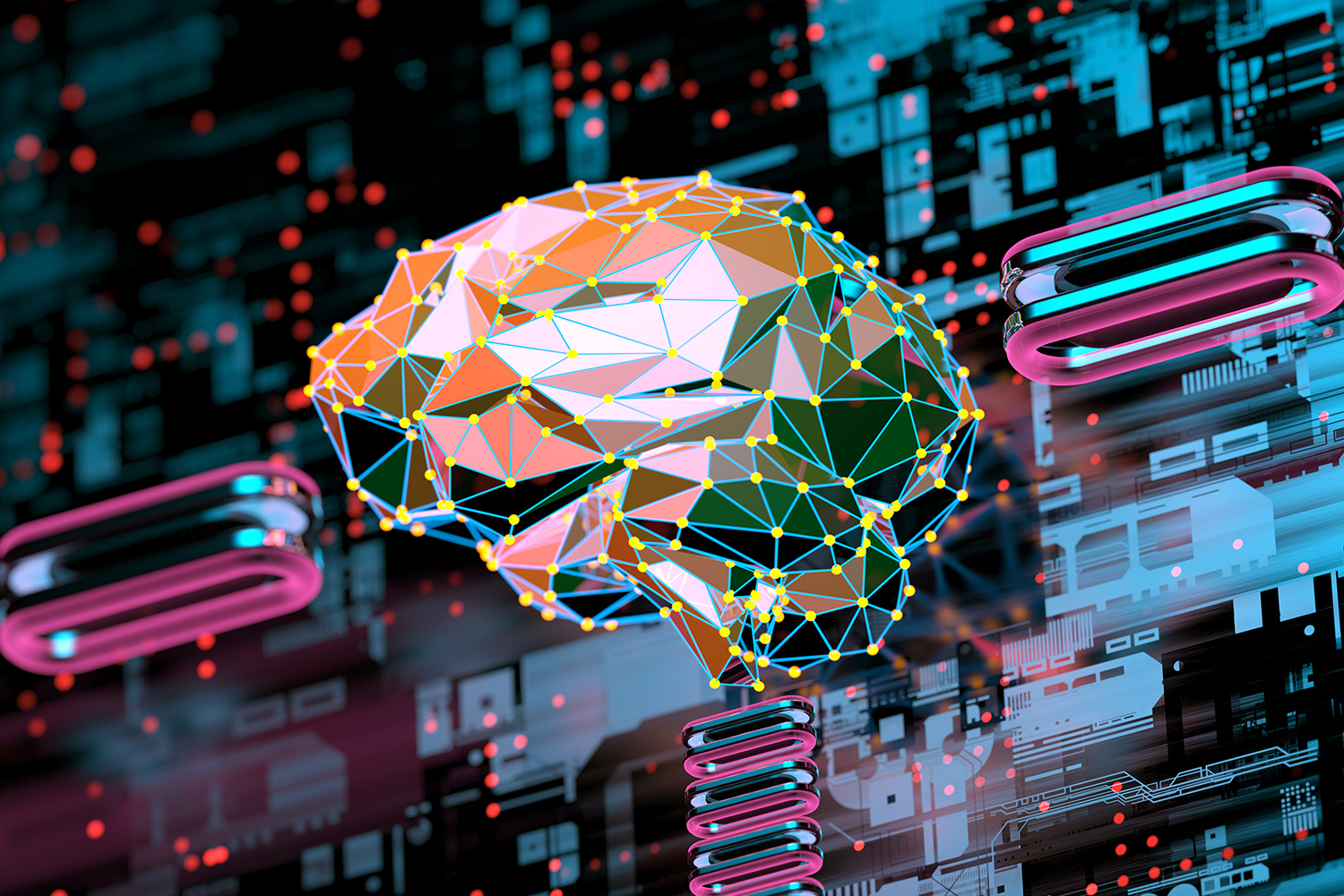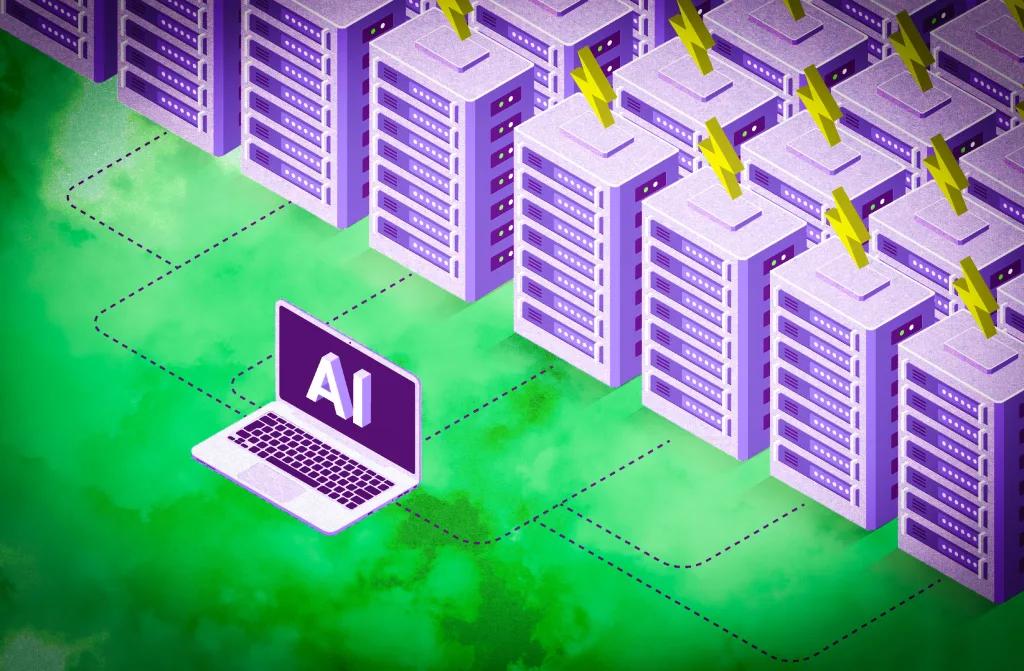As artificial intelligence (AI) infiltrates various industries—such as healthcare, finance, education, transportation, and entertainment—the ability to understand the inner workings of these models is becoming increasingly vital. Grasping the mechanisms that power AI can lead to more rigorous audits for safety and biases, ultimately enriching our understanding of intelligence itself. Imagine having the ability to manipulate neurons in the human brain, revealing their individual roles in object perception. While such methods are invasive, researchers at the MIT Computer Science and Artificial Intelligence Laboratory (CSAIL) have turned their focus to artificial neural networks, where such experiments are more feasible, albeit still complex.
In response to this challenge, CSAIL has developed the Multimodal Automated Interpretability Agent (MAIA). This innovative AI system automates a series of interpretability tasks for neural networks, specifically designed for evaluating image properties. “Our intention is to create an AI researcher capable of performing interpretability experiments independently,” says Tamar Rott Shaham, a postdoctoral researcher at CSAIL. MAIA extends beyond mere labeling or visualization, generating hypotheses and conducting tests to refine its understanding through iterative analysis.
MAIA distinguishes itself through three key functions: labeling components within vision models, enhancing image classifiers by eliminating irrelevant features, and identifying hidden biases to promote fairness. “The flexibility of MAIA is a major advantage,” says Sarah Schwettmann, a research scientist at CSAIL. “Its broad reasoning capabilities allow it to respond to various interpretability queries and design experiments on the fly.”
Neuron by Neuron: Experimenting with AI Understanding
Consider a scenario where a user asks MAIA to elucidate the functions of a specific neuron in a vision model. To explore this, MAIA accesses the ImageNet dataset to find images that activate the neuron in question, often yielding results like formal attire or facial features. MAIA generates hypotheses about the neuron’s activation—which could be linked to facial expressions or accessories—and then designs experiments to validate these theories. For instance, altering an image to include a bow tie could amplify the neuron’s response. This empirical approach mimics scientific experimentation, as noted by Rott Shaham.
The explanations generated by MAIA are validated through two main methods: testing against known synthetic systems and utilizing a novel evaluation protocol for real neurons in trained AI systems. Impressively, MAIA outperformed traditional methods in explaining neuron behavior across various vision models, often matching descriptions crafted by human experts.
Importance of AI Interpretability
Understanding AI components like neurons is essential for effectively auditing these systems for safety and bias prior to deployment. Schwettmann notes, “Utilizing MAIA allows us to identify unwanted behaviors within neurons, contributing to a more secure AI ecosystem.” This effort aligns with the growing need for transparency in the rapidly evolving landscape of AI.
Bridging the Gap in Neural Network Research
The field of AI interpretability is evolving, as researchers strive to demystify the complex behaviors of machine learning models. Current approaches often falter in either scale or specificity. The development of MAIA addresses this gap by combining the adaptive nature of human experimentation with the efficiency of automated techniques, ensuring reliable results across various tasks.
One critical focus of this research involves bias detection. For example, when analyzing an image classification model, MAIA can pinpoint specific classes that may be misclassified, revealing potential biases toward certain image categories—such as the misidentification of black labradors versus yellow labradors.
The Future of AI Perception Testing
While MAIA’s capabilities are promising, they are not without limitations. Its effectiveness hinges on the quality of external tools and models it utilizes. Nevertheless, improvements in technology will invariably enhance MAIA’s performance. Looking ahead, Rott Shaham expresses the intention to explore human perception in parallel. The implications of scaling up these methods could fundamentally reshape our approach to understanding both artificial and human cognition.
According to Jacob Steinhardt from the University of California at Berkeley, who was not involved in the study, “MAIA’s potential to automatically analyze and convey findings about neural networks can help guide safer oversight of AI systems.” As the research progresses, it may pave the way for groundbreaking insights into the future of AI and its integration into society, ensuring that we can navigate the emerging challenges effectively.
This work, featuring contributions from several CSAIL associates, is poised for presentation at the upcoming International Conference on Machine Learning.
Photo credit & article inspired by: Massachusetts Institute of Technology



